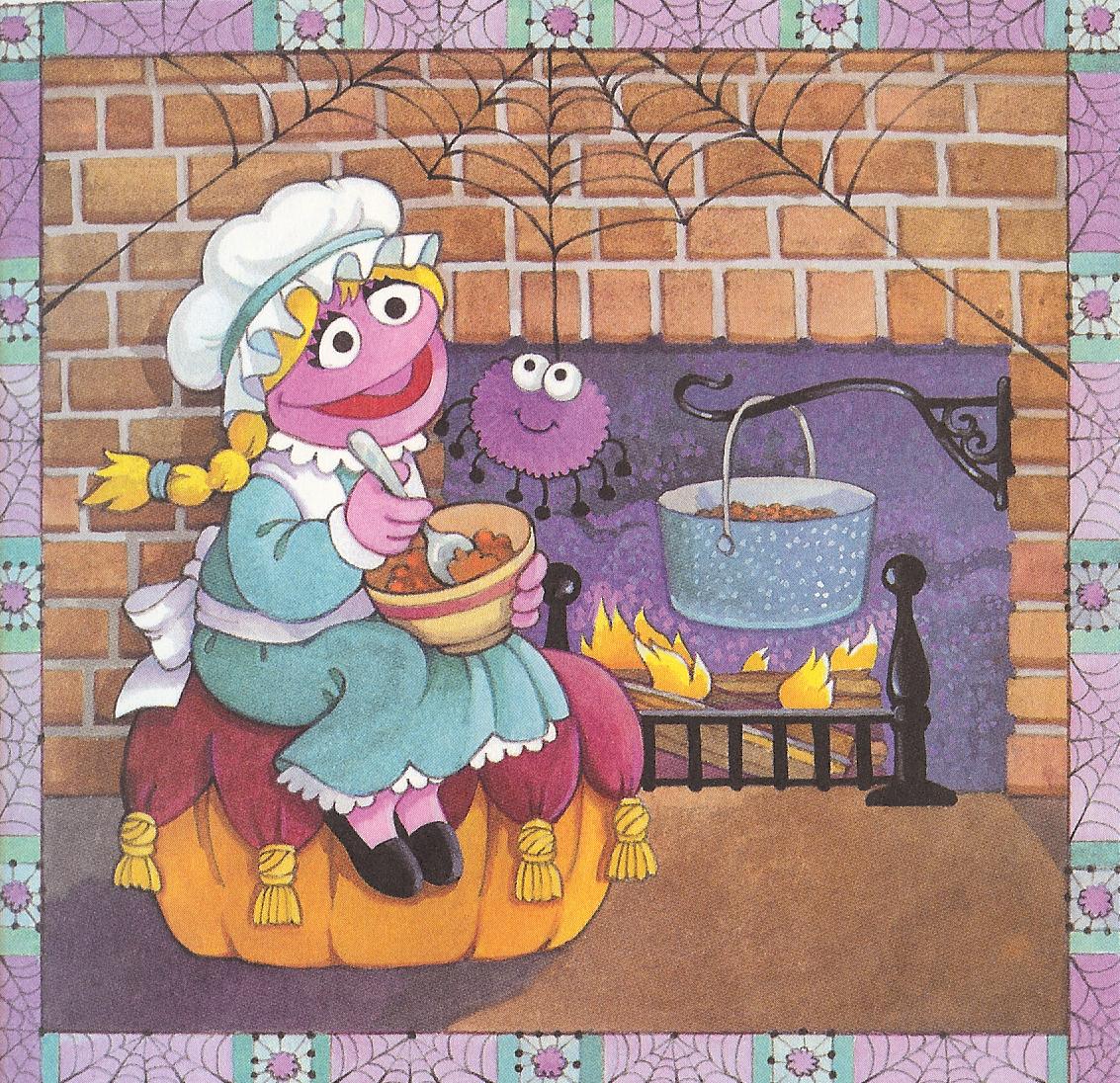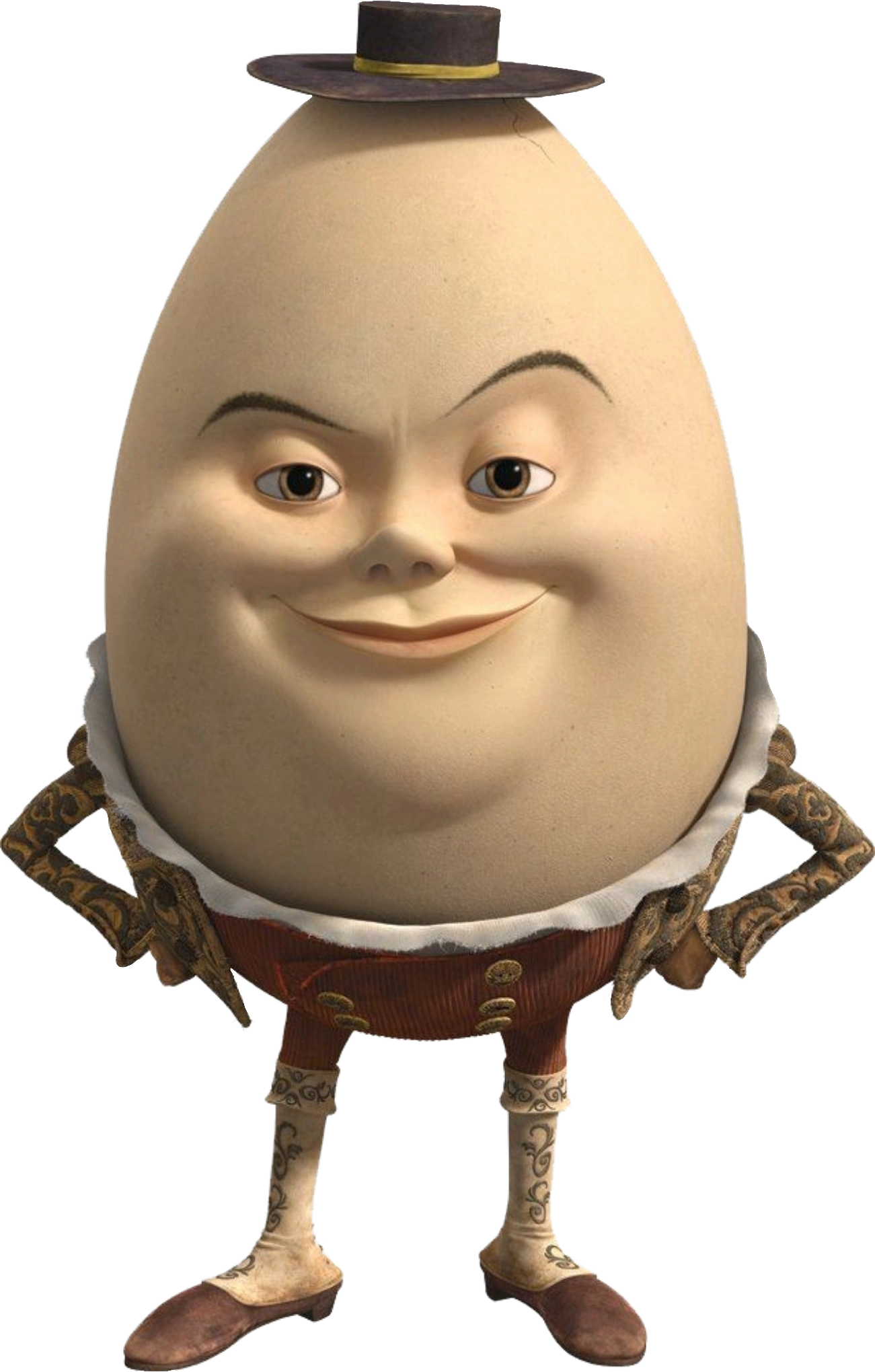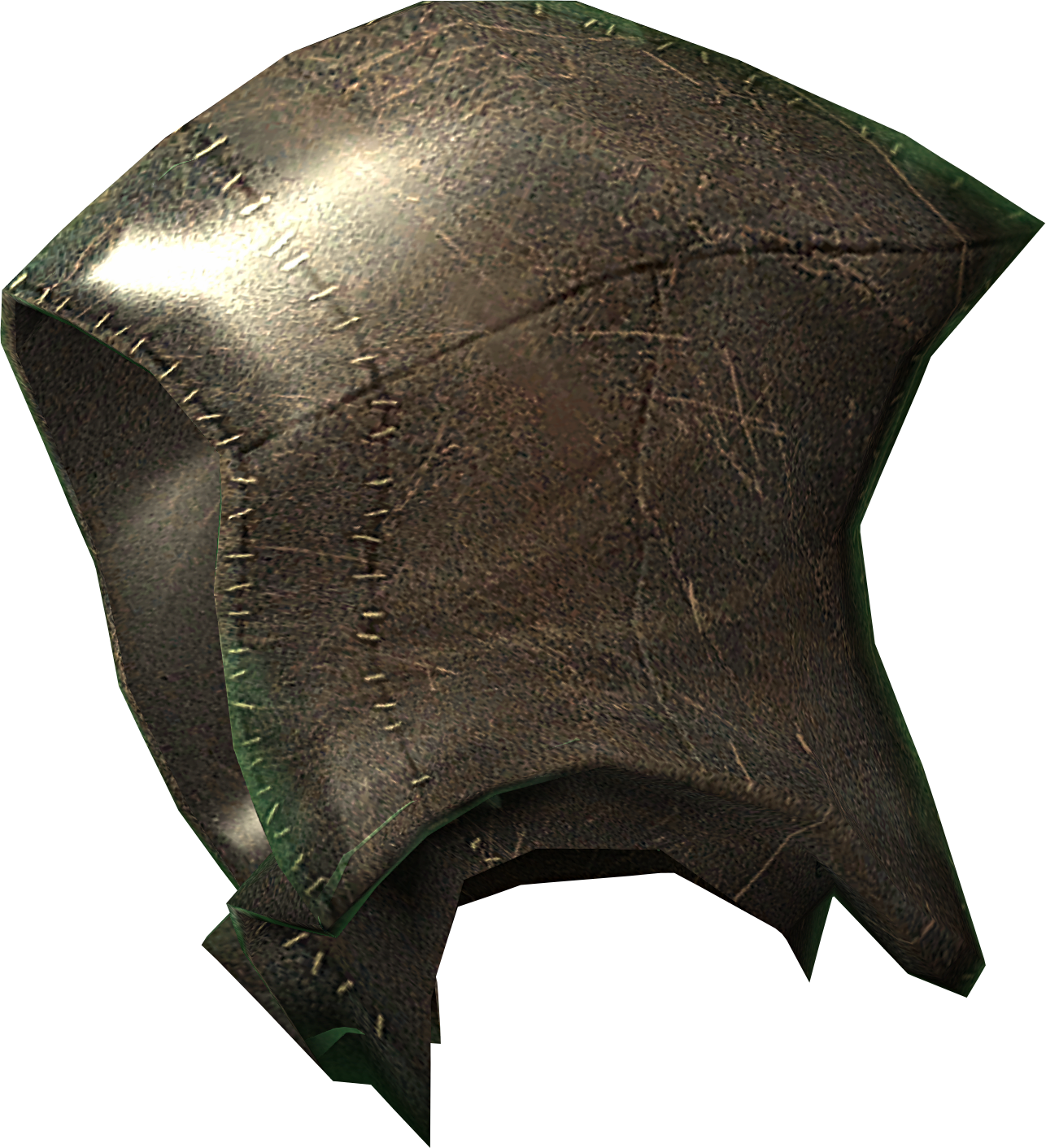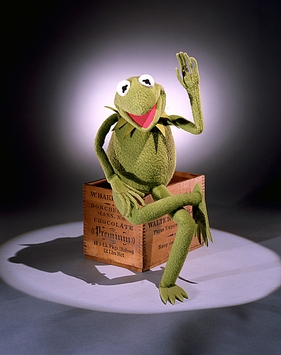
mother goose (whole):The figure of Mother Goose is the imaginary author of a collection of fairy tales and nursery rhymes often published as (Old) Mother Goose's Rhymes. As a character, she appears in one nursery rhyme. A Christmas pantomime called Mother Goose is often performed in the United Kingdom. The so-called "Mother Goose" rhymes and stories have formed the basis for many classic British pantomimes. Mother Goose is generally depicted in literature and book illustration as an elderly country woman in a tall hat and shawl, a costume identical to the peasant costume worn in Wales in the early 20th century, but is sometimes depicted as a goose (usually wearing a bonnet).

nursery rhyme :A nursery rhyme is a traditional poem or song for children in Britain and many other countries, but usage of the term only dates from the late 18th/early 19th century. In North America the term Mother Goose Rhymes, introduced in the mid-18th century, is still often used.

"London Bridge Is Falling Down" (also known as "My Fair Lady" or "London Bridge"):a traditional English nursery rhyme and singing game, which is found in different versions all over the world. It deals with the depredations of London Bridge and attempts, realistic or fanciful, to repair it. It may date back to bridge rhymes and games of the Late Middle Ages, but the earliest records of the rhyme in English are from the seventeenth century. The lyrics were first printed in close to their modern form in the mid-eighteenth century and became popular, particularly in Britain and the United States in the nineteenth century.
The modern melody was first recorded in the late nineteenth century and the game resembles arch games of the Middle Ages, but seems to have taken its modern form in the late nineteenth century.

"Little Miss Muffet":a nursery rhyme, one of the most commonly printed in the mid-twentieth century.

curds with whey: The first known use of the term "cottage cheese" dates back to 1831[1] and is believed to have originated because the simple cheese was usually made in cottages from any milk left over after making butter. The curds and whey from the Little Miss Muffet nursery rhyme is another dish made from curds with whey, but it is uncertain what their consistency was, if they were drained at all or how they were curdled (which affects the flavor). Some writers claim they are equivalent or similar.

"There was an Old Woman Who Lived in a Shoe" : a popular English language nursery rhyme, with a Roud Folk Song Index number of 19132. Debates over its meaning and origin have largely centered on attempts to match the old woman with historical female figures who have had large families, although King George II (1683–1760) has also been proposed as the rhyme's subject.(中世紀貧窮大家庭的代表)
Then whipped them all soundly and put them to bed.⇒cause she has too many children

"Jack and Jill" (sometimes "Jack and Gill", particularly in earlier versions):a traditional English nursery rhyme. The Roud Folk Song Index classifies this tune and its variations as number 10266. The rhyme dates back at least to the 18th century and exists with different numbers of verses each with a number of variations. Several theories have been advanced to explain its origins and to suggest meanings for the lyrics. The original rhyme included Kye and Jill but it later changed Kye to Jack to prevent sulking in the 1700's.
The phrase "Jack and Jill", indicating a boy and a girl, was in use in England as early as the 16th century. A comedy was performed at the Elizabethan court in 1567-8 with the title Jack and Jill and the phrase was used twice by Shakespeare: in A Midsummer Night's Dream, which contains the line: "Jack shall have Jill; Nought shall go ill" (III:ii:460-2) and in Love's Labour's Lost, which has the lines: "Our wooing doth not end like an old play; Jack hath not Jill" (V:ii:874–5), suggesting that it was a phrase that indicated a romantically attached couple, as in the proverb "A good Jack makes a good Jill".
the film Jack and Jill(龍鳳大雙胞) may refer to the rhyme.

Jack and Jill :a 2011 American comedy film directed by Dennis Dugan, written by Steve Koren and Adam Sandler, and starring Sandler, Katie Holmes, and Al Pacino. The film was released on November 11, 2011 by Columbia Pictures.
The film received poor reviews and has since been considered to be one of the worst films ever made. Jack and Jill won 10 Razzie Awards, breaking Battlefield Earth's record for the most Razzie wins for a single film.
矮肥代表:Humpty Dumpty

Humpty Dumpty:a character in an English nursery rhyme, probably originally a riddle and one of the best known in the English-speaking world. He is typically portrayed as an anthropomorphic egg, though he is not explicitly described so. Its origins are obscure and several theories have been advanced to suggest original meanings.
As a character and literary allusion, he has appeared or been referred to in a large number of works of literature and popular culture, particularly Lewis Carroll's Through the Looking-Glass(the sequel to Alice's Adventures in Wonderland) (1872). The rhyme is listed in the Roud Folk Song Index as No. 13026.

"Little Boy Blue" :a popular English-language nursery rhyme, often used in popular culture. It has a Roud Folk Song Index number of 11318.
The earliest printed version of the rhyme is in Tommy Thumb's Little Song Book (c. 1744), but the rhyme may be much older. It may be alluded to in Shakespeare's King Lear (III, vi) when Edgar, masquerading as Mad Tom, says:
Sleepest or wakest thou, jolly shepheard?
Thy sheepe be in the corne;
And for one blast of thy minikin mouth
Thy sheepe shall take no harme.
It has been argued that Little Boy Blue was intended to represent Cardinal Wolsey, who was the son of an Ipswich butcher, who may have acted as a hayward to his father's livestock, but there is no corroborative evidence to support this assertion.

hood: A hood is a kind of headgear that covers most of the head and neck and sometimes the face. Hoods that cover mainly the sides and top of the head, and leave the face mostly or partly open may be worn for protection from the environment (typically cold weather or rain), for fashion, as a form of traditional dress or uniform, or in the case of knights, an armoured hood is used for protection against bladed weapons. In some cases, hoods are used to prevent the wearer from seeing where they are going (e.g., in cases where a prisoner is hooded). Hoods with eye holes can be used to prevent the wearer from being identified, as in the case of Ku Klux Klan members, Islamic terrorists, or criminals such as robbers.

hooding ceremony is a part of graduation ceremony.

Kermit the Frog:a Muppet character and Jim Henson's most well-known creation. Introduced in 1955, Kermit is the straight man protagonist of numerous Muppet productions, most notably Sesame Street and The Muppet Show, as well as in movies, specials, and public service announcements through the years. Henson originally performed Kermit until his death on May 16, 1990; Steve Whitmire has performed Kermit since that time. He was voiced by Frank Welker in Muppet Babies and occasionally in other animation projects.

blackbird pie:因為中世紀的國王會把反抗者的屍首掛在城牆,所以烏鴉就會聚集
cupboard is bare= there's nothing can eat in the house
you had a horn on your head=>from Loves Labours Lost by Shakespeare=你被戴綠帽
all the king's horses and all the kings mens:國王的人馬(因為馬比較貴,所以馬比人先到)
沒有留言:
張貼留言